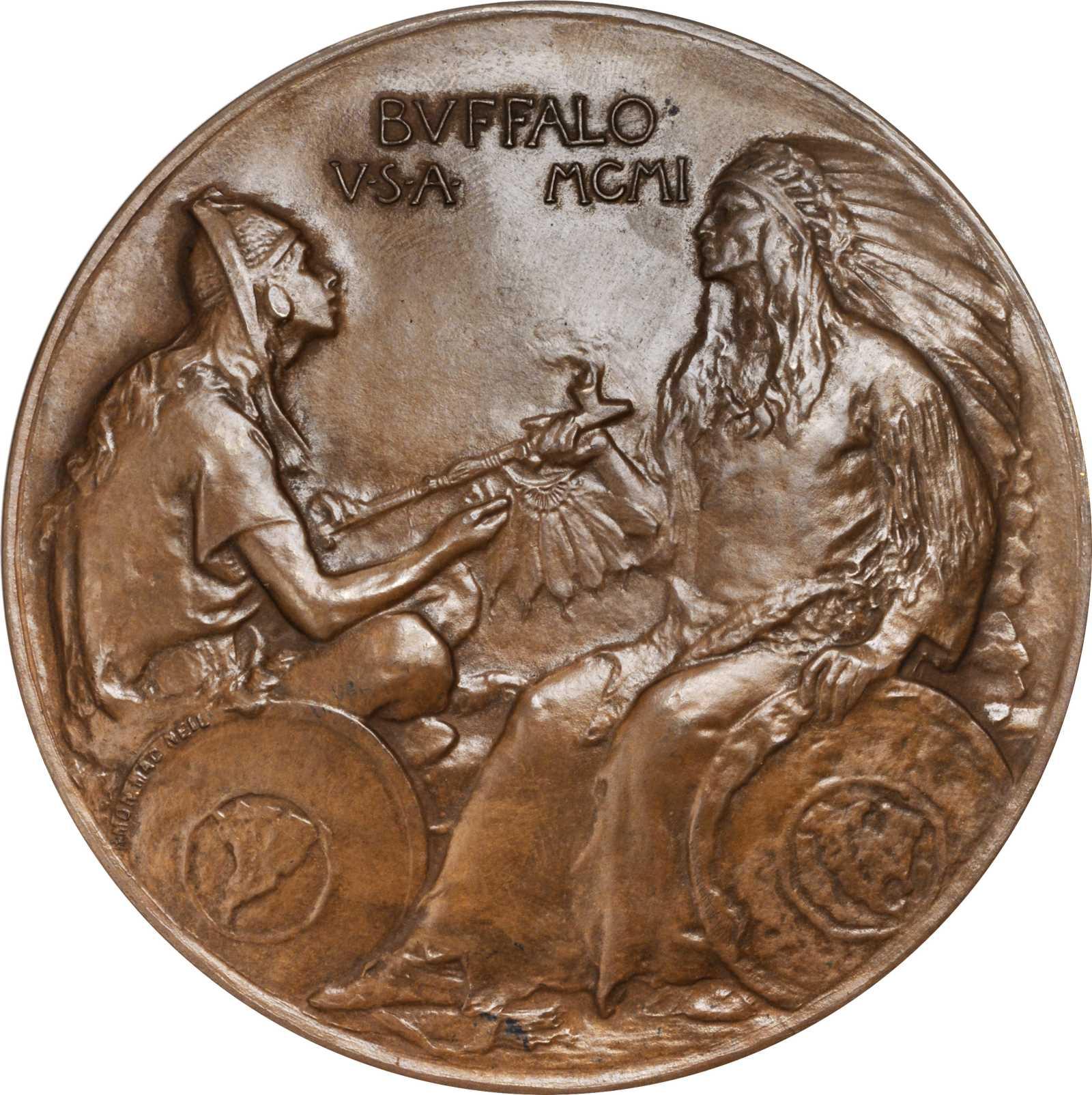Welcome to a fascinating exploration into the world of American exposition medals, a realm where history, art, and commemoration intertwine to tell the stories of significant events and achievements. Exposition medals, more than just collectible items, are tangible pieces of history, each holding a unique story that echoes the cultural and technological advancements of its time.
Imagine holding in your hands a medal from the World’s Columbian Exposition of 1893, feeling the intricate designs pressed into metal, and realizing that this very piece was part of a pivotal event in American history. These medals are not just artifacts; they are a bridge to the past, offering us a glimpse into the grand expositions that showcased the height of human innovation and cultural exchange.
In this post, we will embark on a journey through the origins and evolution of American exposition medals. We’ll uncover how these medals have chronicled key historical events and how their designs and materials have transformed over the years. From the early beginnings, where European influences were evident, to the modern era, where contemporary designs and trends take precedence, each phase of this journey reveals a fascinating facet of American history and artistry.
Join us as we delve into the captivating world of American exposition medals, discovering the stories they hold and the legacy they continue to carry forward.
Section 1: Defining Exposition Medals
What are Exposition Medals?
Exposition medals are commemorative tokens, often crafted from metal, that are issued in conjunction with expositions or world’s fairs. These events, which celebrate human achievement in various fields such as science, technology, culture, and art, have a rich tradition of minting medals to mark their occurrence. Exposition medals serve as more than mere souvenirs; they are artistic representations of the events they commemorate, encapsulating the spirit and achievements of their time.
Definition and Basic Understanding
An exposition medal typically features intricate designs that include the exposition’s official symbols, dates, and sometimes, portrayals of significant figures or landmarks associated with the event. The obverse (front) of the medal often displays the exposition’s theme or main architectural marvel, while the reverse (back) usually contains commemorative text or additional imagery. These medals vary in size, shape, and material, ranging from bronze, silver, and gold, to more contemporary materials in recent times.
Purpose and Significance in Historical Contexts
The purpose of exposition medals extends beyond mere memorabilia. They are historical artifacts that:
- Celebrate Milestones: Each medal commemorates a significant event, marking milestones in human progress and innovation.
- Artistic Expression: They are a canvas for artists and sculptors of the time, showcasing prevailing artistic trends and craftsmanship.
- Cultural Significance: These medals reflect the cultural, social, and economic zeitgeist of the era they represent.
- Educational Value: For historians and collectors, they offer a tangible connection to past events, providing insights into the expositions and the periods in which they were held.
In essence, exposition medals are not just collectible items; they are miniature time capsules, each carrying a story from a bygone era, waiting to be told and cherished.
Characteristics of Exposition Medals
Exposition medals are not just historical artifacts; they are masterpieces of numismatic art. Their characteristics – from design to materials – offer a glimpse into the artistic and technological capabilities of the era in which they were created.
Design Elements
- Intricate Artistry: The design of exposition medals often involves intricate and detailed artistry. This includes elaborate engravings, relief work, and sometimes, the use of symbols and imagery that reflect the theme of the exposition.
- Symbolic Imagery: Common imagery includes representations of progress, innovation, and cultural heritage. This might be in the form of allegorical figures, architectural landmarks of the exposition, or technological achievements celebrated at the event.
- Textual Elements: Alongside visual elements, these medals often feature text such as the name of the exposition, dates, and sometimes, quotes or mottos that encapsulate the spirit of the event.
Materials Used
- Traditional Metals: Historically, exposition medals were primarily made from traditional metals like bronze, silver, and gold. The choice of metal often denoted the medal’s significance, with gold being reserved for the most prestigious awards or commemorations.
- Modern Materials: In more recent times, a wider range of materials has been employed, including less traditional metals and even non-metallic substances, reflecting contemporary tastes and technological advancements.
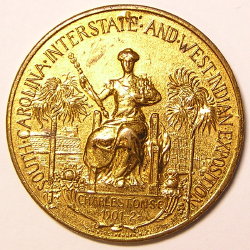
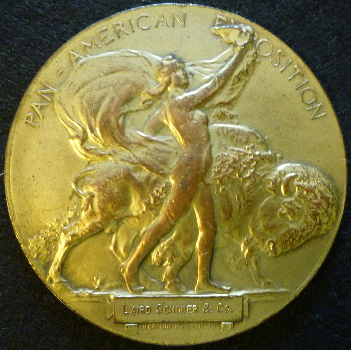
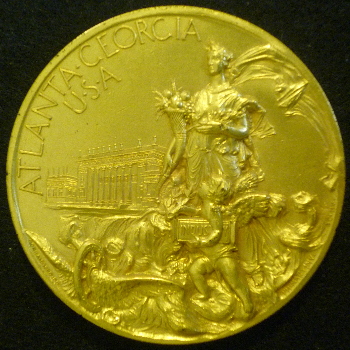
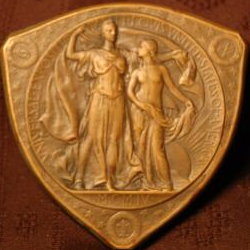
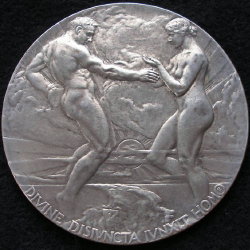
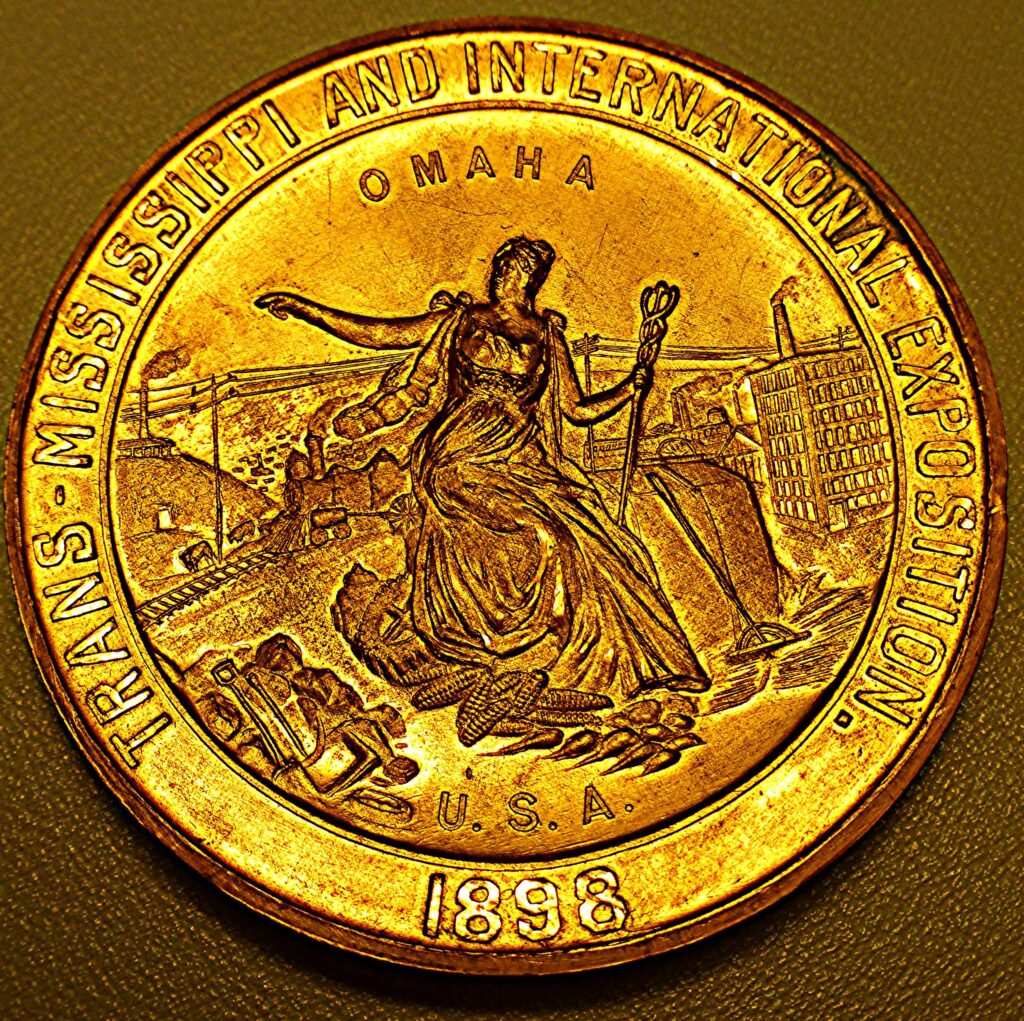
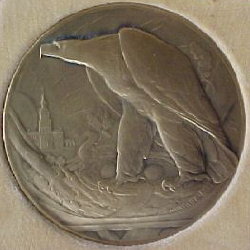

Typical Imagery
- Architectural Marvels: Many exposition medals feature the groundbreaking architecture or iconic structures associated with the event, like the Eiffel Tower for the 1889 Paris Exposition.
- Cultural Symbols: Imagery that represents the cultural identity of the host country or city is also common, offering a sense of place and heritage.
- Technological Triumphs: Depictions of technological advancements showcased at the exposition, such as locomotives, airplanes, or machinery, are often a focal point, symbolizing human progress and ingenuity.
In conclusion, the characteristics of exposition medals – their design, materials, and imagery – are as diverse and rich as the expositions they represent. These medals are not just collectibles; they are a fusion of art, history, and culture, each telling a unique story of human achievement and aspiration.
Thank you for joining us on this fascinating journey into the world of exposition medals. We’ve explored what these medals are and delved into their unique characteristics. But our exploration doesn’t end here. Stay tuned for our next post, where we will trace the historical evolution of American exposition medals, uncovering the stories and significance behind these remarkable artifacts. Continue this journey with us in our next installment: “The Historical Journey of American Exposition Medals.”
Continue with the series with the second post below.
